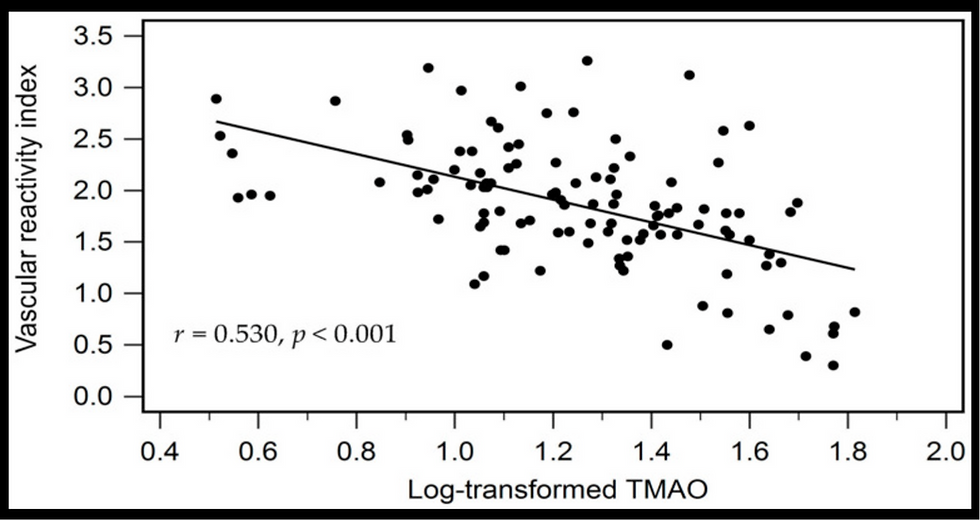Sugar-induced endothelial dysfunction treated by 30min of aerobic exercise
- heartlung
- Jan 16, 2023
- 2 min read
Microvasc Res. 2017 Jul 31;115:8-11. doi: 10.1016/j.mvr.2017.07.003. [Epub ahead of print] Transient endothelial dysfunction induced by sugar-sweetened beverage consumption may be attenuated by a single bout of aerobic exercise. Varsamis P1, Walther G2, Share B1, Taylor F3, Stewart S4, Lorenzen C1, Loader J5. Author information 1School of Exercise Science, Australian Catholic University, Melbourne, Australia.2School of Exercise Science, Australian Catholic University, Melbourne, Australia; Avignon University, LAPEC EA4278, F-84000, Avignon, France.3Centre of Research Excellence to Reduce Inequality in Heart Disease, Mary MacKillop Institute for Health Research, Australian Catholic University, Melbourne, Australia.4The Mary MacKillop Institute for Health Research, Australian Catholic University, Melbourne, Australia.5School of Exercise Science, Australian Catholic University, Melbourne, Australia; Avignon University, LAPEC EA4278, F-84000, Avignon, France; Centre of Research Excellence to Reduce Inequality in Heart Disease, Mary MacKillop Institute for Health Research, Australian Catholic University, Melbourne, Australia. Electronic address: jordan.loader@acu.edu.au. Abstract BACKGROUND: This study assessed whether aerobic exercise would attenuate microvascular endothelial dysfunction induced by commercial sugar-sweetened beverage (SSB) consumption. METHODS: Eleven healthy males participated in this randomized, single-blind crossover study. Cutaneous microvascular endothelial function was assessed using laser speckle contrast imaging coupled with post-occlusive reactive hyperemia before and after a) consumption of water; b) consumption of a commercial SSB; c) 30min of aerobic exercise followed by water consumption; and d) 30 minutes of aerobic exercise followed by SSB consumption. Blood glucose and arterial pressure responses were also monitored. Volumes of water and SSB consumed (637.39±29.15 mL) were individualized for each participant, ensuring SSB consumption delivered 1 g of sucrose per kg of body weight. Exercise was performed at 75% of the maximal oxygen uptake heart rate. RESULTS: Compared to water consumption, the commercial SSB elevated blood glucose concentrations in both sedentary (4.69±0.11 vs. 7.47±0.28 mmol/L, P<0.05) and exercised states (4.95±0.13 vs. 7.93±0.15 mmol/L, P<0.05). However, the decrease in microvascular endothelial function observed following sedentary SSB consumption, expressed as the percentage increase from baseline (208.60±22.40 vs. 179.83±15.80%, P=0.01) and the change in peak hyperemic blood flux from basal to post-intervention assessments (-0.04±0.03 vs. -0.12±0.02 ΔCVC, P=0.01), was attenuated following 30min of aerobic exercise. CONCLUSIONS: To our knowledge, this is the first study to provide evidence that a single bout of aerobic exercise may prevent transient SSB-mediated microvascular endothelial dysfunction. Endothelial Function Scientific Update Sponsored by Endothelix Inc.
![Lipoprotein(a) levels predict endothelial dysfunction in maintenance hemodialysis patients: evidence from [VENDYS] vascular reactivity index assessment](https://static.wixstatic.com/media/dac531_5285607cc591409a9d83746f042af7c6~mv2.png/v1/fill/w_980,h_980,al_c,q_90,usm_0.66_1.00_0.01,enc_avif,quality_auto/dac531_5285607cc591409a9d83746f042af7c6~mv2.png)


Comments